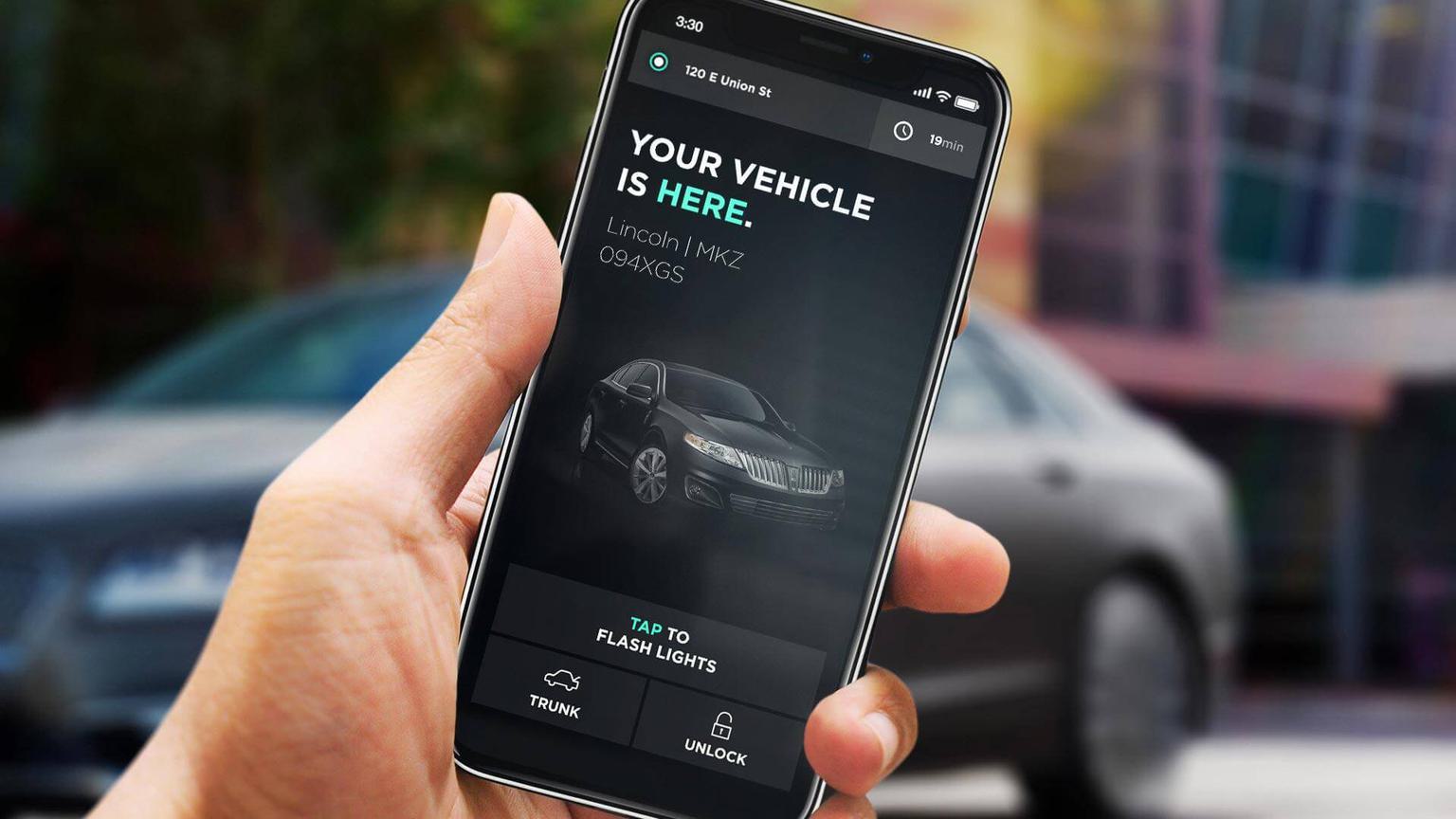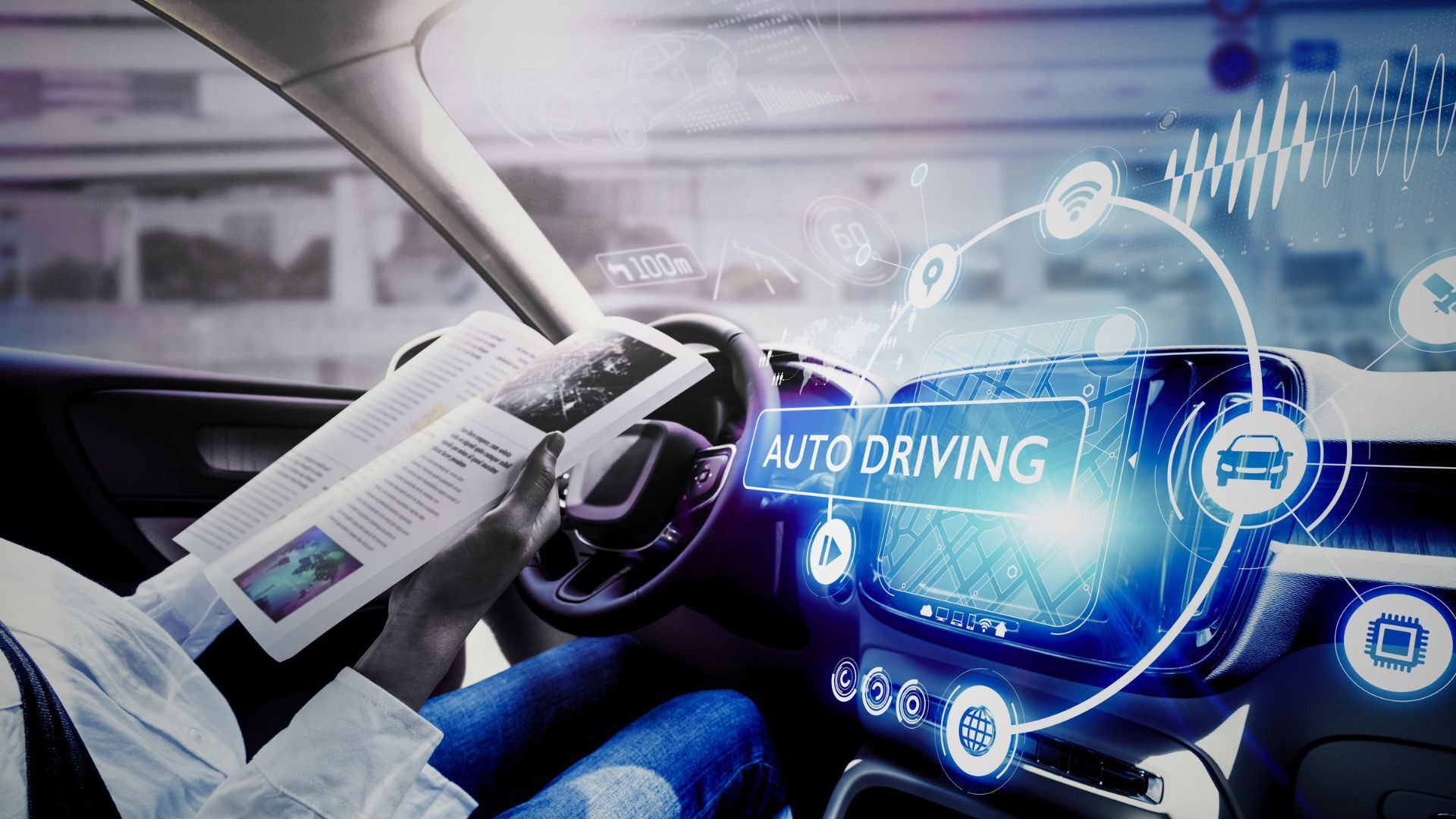
Mobility

Devin Liddell | Principal Futurist

Devin Liddell
Devin designs preferred futures in aviation, automotive, smart cities, personal mobility, space travel, and more.
Connect with Devin on LinkedIn
In the future, my car will:
The future is so shiny, so full of wonder and possibility. It’s easy talking about the future because, with our gaze affixed to the horizon, we forget about the dirt underfoot—all the toiling it will take to get there. Never mind gravity! We’ll get there someday. And it’s true: we will. But that doesn’t mean we shouldn’t enrich our musings on the future with some realistic perspectives on the key challenges we’ll have to sort through to get there. After all, that’s what we really live for. Because when we get there, we’re already itchy to go beyond there. So let’s consider the key challenges we’ll have to address within three popular narratives about the future automotive experience. First, let’s recap these narratives in big brush strokes. In the future...
Narrative No. 01
This is the sharing economy's take on the future of cars. This vision’s greatest strength is its logic—all the functional ways it makes sense. Access over ownership. An efficient use of resources. Predictable costs. But this vision’s greatest weakness is its lack of emotion, its failure to acknowledge that the real reason we’ve created so many car brands isn’t functional—it’s emotional. No one buys a Lamborghini because it’s so sensible. And plenty of consumers resist buying a minivan despite its obvious utility.
NARRATIVE NO. 02
This is technology’s take on our future. This vision’s greatest strength is its power to fix what’s broken with the status quo—traffic jams, accidents, time wasted behind the wheel when you could be doing something else. Its greatest weakness is all the gnarly infrastructure changes that’ll be required to make this vision a reality, and how exactly to coordinate such a massive pivot point between the manual and autonomous paradigms.
Narrative No. 03
This is the we-have-no-idea take on our future. As blurry as it is, this vision’s greatest strength is its accurate insistence that giant leaps forward—like the printing press, antibiotics, and the Internet—are typically unexpected, so rather than expending too much energy predicting we should be expecting more of the unexpected. Perhaps we’re just as likely to be piloting a winged car or personal blimp as anything else. Of course, the greatest weakness of this vision is that you can’t plan for it. No one expects the unexpected!
With car sharing, that impossible tension will be between personalization and accessibility. As bus, rail, bicycle, and shared cars integrate more seamlessly, we’ll have to design ways for shared vehicles to meaningfully know many different users. Our prediction: smart phones and wearable technologies will bridge this gap between personalization and accessibility, serving as conduits across the transportation system to help it recognize and adapt to the unique needs and preferences of individuals. Within the automotive experience, this will help shared cars feel less shared and more tailored; shared cars will know where to set the seat, what radio stations you like, where you’ve been, and where you’re going.
All of these scenarios, while dramatically different from one another, point to a common need: new ways to prototype and test entirely new interactions within the automotive experience.
Self-driving cars, on the other hand, will challenge how the automotive experience expresses our desire for “freedom.” As self-driving cars present new opportunities to do other things in the car instead of just driving—computing, sight-seeing, meditating, whatever—it’ll emerge that some people feel like they’re gaining freedom (especially the elderly and the disabled) and others feel like they’re losing freedom (likely suspects: teenagers who will never get to do donuts in their high school football field, road-romancing road trippers who want to drive across the country, not ride in the backseat while a robot steals that glory). Our prediction: the age of reckless teenage drivers will come to an end, though those road trippers won’t actually miss manually driving all those miles. These perceived lost freedoms will be offset by huge advances in personal mobility for users marginalized by the current automotive paradigm. Plus, households that eschew car sharing in favor of car ownership will recoup some costs by deploying their self-driving cars during unused hours as robot cabs, couriers, and delivery vehicles.
All of these scenarios, while dramatically different from one another, point to a common need: new ways to prototype and test entirely new interactions within the automotive experience. From modeling how wearable technologies will help shared vehicles adapt on-the-fly to different users, to designing how a sight-challenged citizen will interface with a self-driving car, sorting all of this out is going to take a lot of doing. Making. Hacking. Coding. That’s to say that the most predictable future in front of us is a lot of hard work. Fortunately, that hard work is fascinating, essential, and exactly what designers live and breathe to do. So let’s get to it.